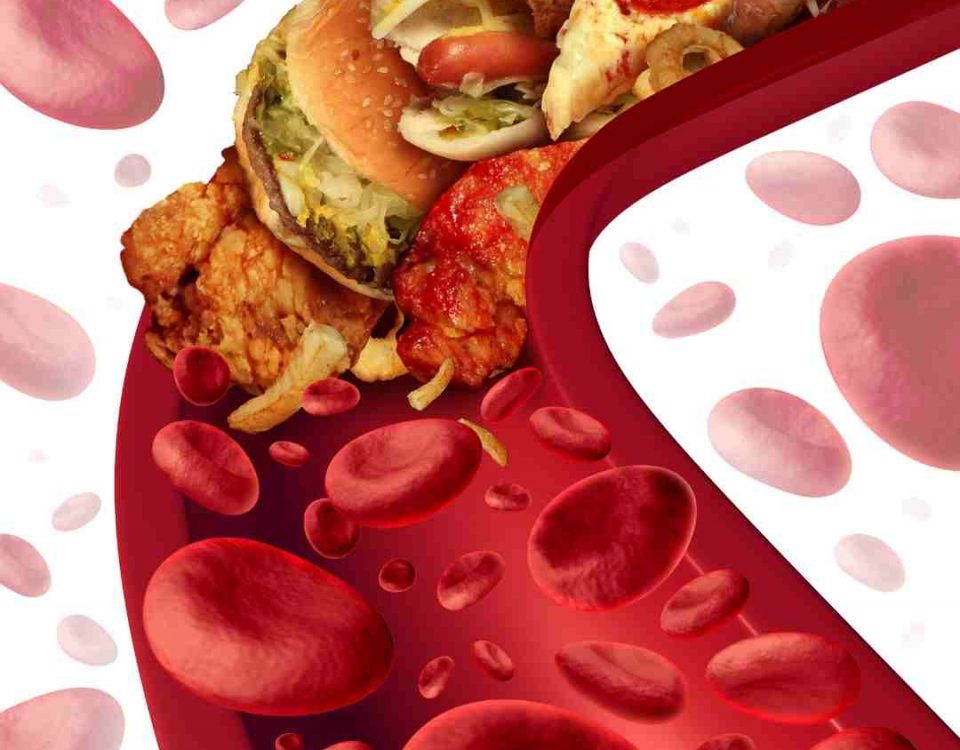- Connect Whatsapp
- +917012232608
- [email protected]

Natural treatment for gout
June 16, 2022
A Brief History of Ayurveda in India
June 16, 2022IBS treatment in Ayurveda

IBS treatment in Ayurveda
Irritable bowel syndrome (IBS) is common yet poorly understood illnesses that practitioners encounter. In the lack of any anatomical abnormalities of the stomach, It is accompanied by recurrent stomach pain or distress, as well as incontinence in defecation. The complaints are continuous, often serious, and typically do not react well to treatments, results in a lower quality of life.
It mainly affects younger generation under the age of 45. Non-ulcer dyspepsia, chronic fatigue syndrome, and fibromyalgia are all prevalent coexisting illnesses. Because Ayurveda is built wholly on different core principles, there is no single ailment in Ayurveda that can be precisely linked to IBS, but conditions in particular are quite comparable to IBS in their clinical picture. These are Atisara, Pravahika, and Atisara, Grahani, Pakvashayagata Vata.
Food digestion is disrupted in Grahani Roga as a result of vitiated Jatharagni. Food that has not been digested generates a vitiated substance called as “Ama,” that is accountable for a range of ailments. It disrupts the natural flora of the GI tract, weakens the muscles, and affects the acid fluid arrangement of the GI system.
In today’s practise, a significant number of patients with G.I.T.-related complaints can be found. These issues range from a poor appetite to persistent stomach pain, infrequent bowel habits, poor removal, chronic gas, constipation, diarrhoea, and other complaints. The malfunctioning of Agni and Vata dosha, as well as a considerable involvement of the mind in the physiological mechanisms of the digestive system, are crucial variables that play a significant part in most digestive disorders.
Some studies classify IBS into the following categories depend on the type of bowel movement issues:
• IBS-C (Irritable Bowel Syndrome with Constipation) – stools are firm and lumpy
• IBS-D (Irritable Bowel Syndrome with Diarrhea) – loose, watery stools
• IBS-M (Irritable Stool Syndrome with Mixed Bowel Habits) – both tight and irregular bowel movements as well as looser and liquid bowel movements.
IBS treatment in Ayurveda
Agnimandh is caused by inappropriate food consumed without digestion of previous food, incompatible foods, and chronic diarrhoea, which manifests as a heavy abdomen, excessive salivation, gas, anorexia, sometimes hard stools, and occasionally watery stools, among other complaints. The primary cause of grahani. So IBS treatment in Ayurveda, includes usage of medicines that are agnivardhana, deepana, and pachana. For meaningful effects, lifestyle modifications and food habits are critical in IBS treatment in Ayurveda
• Panchkarma: This Ayurvedic cleansing approach aids the body’s metabolic process while also removing pollutants. “Five treatments or techniques of therapy” is what the Sanskrit word panchakarma signifies. Examples are vamana, virechana, basti, nasya, and raktamokshana. These mechanisms, which make the mind and body more sensitive to food and drugs, are used in IBS treatment in Ayurveda
• Basti is a Panchakarma that is specifically recommended for the repair of Vata Dosha and as a location for acquiring a colon ailment. Shirodhara with takra is a traditional Ayurvedic therapy for overcoming stress and other psychological factors.
Ayurvedic Medicine
- Kutajghan Vati is an ayurvedic drug sold over-the-counter for the treatment of diarrhoea and indigestion. Kutuj is the major component of Kutajghan Vati. Ayurvedic medication Kutaj includes active herbal components. It’s used to treat gastrointestinal diarrhoea, fever, bleeding, and a variety of other ailments. And is one of the best remedy for IBS treatment in Ayurveda
- Kamdudha Ras is an ayurvedic medicine that is used to cure a variety of ailments, including digestive problems, persistent temperature, reflux, dizziness, puking, and fatigue. Since it is composed of herbal and mineral ingredients, it is employed in Ayurvedic treatment of a variety of ailments. There are also anti-oxidant, anti-inflammatory, anti-emetic, tonic, mild anti-depressant, adaptogenic, and anti-vertigo properties.
- Pippaliasayam- useful in treatment of digestion and liber complaints
- Sanjeevani vati – useful in dyspepsia , gastroenteritis and indigestion
- Mustakarishta- useful in digestive disorders like diarrhea, indigestion etc.
- Parpati kalpana according to symptoms like Panchamrit parpati, loha parpati, swarna parpati
Pathya- Apathya (dietary instructions)
Pathya – Eat old rice, jawar, gourd, coriander leaves, lentil, green grams soup, black pepper, dried ginger, wood apple, Pomegranate, nutmeg, skimmed milk, buttermilk, hot water, complete rest, adequate sleep.
Apathya – Eat wheat, maize, barley, cow pea, spiked dolichos, black gram, gram, Soya bean, saga, kidney bean, potato, sweet potato, onion, coconut, groundnut, chili, oily food, chicken, red meat, crabs, prawns, fish, leafy vegetable like sorrel, drum stick etc, mango, pineapple, apple, watermelon, cashew, pumpkin gourd, papaya, fig, jack fruit, excess milk, day sleep, awakening at night, tension, suppression of urges before

